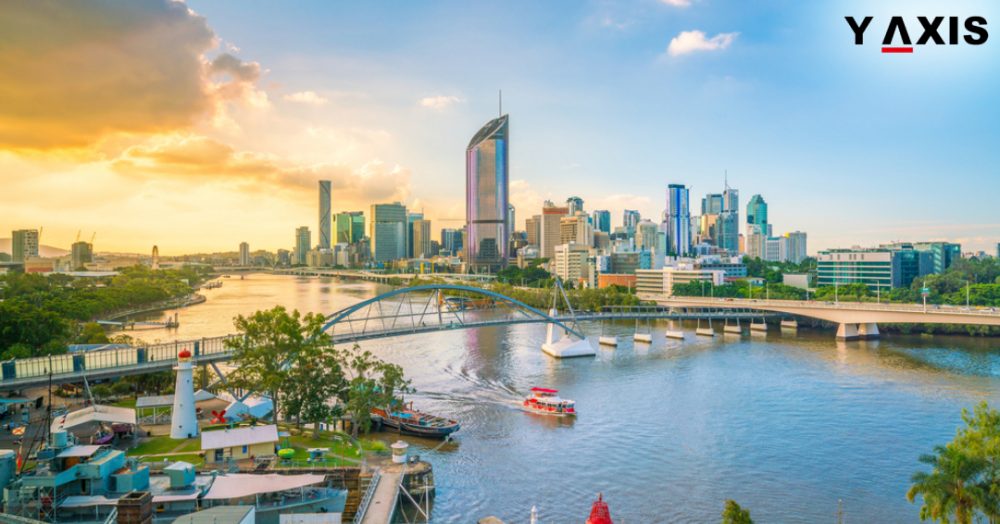Posted on December 28 2019
What is the impact of changes to Australia’s Immigration Point System?
By , Editor
Updated April 03 2023

The Australian government implemented changes to its points-based immigration system in November this year. The good news is that these changes are beneficial to those wishing to migrate to Australia.
Before we understand how these changes will impact immigration to Australia, let us look at the changes in the points-based system:
- 10 points to applicants who do not have a spouse or a partner.
- 10 points for applicants with a skilled spouse or partner
- 15 points for applicants who are nominated by a State or Territory government or sponsored by a family member residing in Australia
- 10 points for applicants for STEM qualifications
- 5 points for applicants who have a spouse or partner who has competent English. The spouse or partner need not go through a skill assessment if this is the case
In order to encourage immigrants to settle down in regional areas, extra points are awarded to those who apply for regional visas (an increase from 10 to 15 –points). In addition, the regional visa validity has been extended to 5 years instead of the earlier 4 years to encourage applicants to move to regional areas.
Two new regional visas:
Under the proposed rules two new regional visas will be available from November this year. The government has shared the regulations for these two new visas.
Subclass 491 Skilled Work Regional (Provisional) visa:
This visa will replace the current Subclass 489 visa. This visa will have 14,000 places allocated per year. This visa is a skilled migration visa that requires nomination by the state government or the sponsorship from an eligible family member who is settled in that designated regional area. To qualify for this visa, you must be under 45 years and have a positive skills assessment.
Benefits to migrants under this proposed change:
- Visa validity extended from 4 years to 5 years
- 500 eligible occupations which are an additional 70 compared to non-regional areas
- Visa applications will undergo priority processing
Subclass 494 Skilled Employer-Sponsored:
This will replace the current (RSMS) visa and will have 9000 places allocated per year. This visa requires sponsorship by the employer and the position must have a validity of five years. Applicants must undergo a suitable skills assessment and must have a minimum work experience of three years. The maximum age limit for this visa is 45 years. The other requirements are competent English skills, RCB advice and must meet the AMSR requirements.
Benefits to migrants under this proposed change:
- 9000 places allocated to employers means 700 occupations which is 450 more than what is allocated in non-regional areas
- Priority processing of visa applications
- Under the new rules, migrants who have migrated on a regional visa can apply for permanent residency after staying in the place for three years
Extension of temporary graduate (Subclass 485):
- International graduates from regional areas will get an additional 12-months post-study work visa.
- Local and international students who opt to study in regional Australia for higher education or vocational courses will be eligible for a scholarship.
Introduction of new parent visa:
Apart from the changes in the points system, the Australian government has introduced a new parent sponsorship visa or the Subclass 870 visa. The new temporary sponsored parent visa will help to bring in overseas parents of Australian citizens and permanent residents. The government will allocate 15,000 visas annually. These visas will be valid for either 3 or 5 years at AUD 5000 and AUD 10,000 respectively. The visa can be renewed till 10 years.
Impact of the changes:
There will be priority processing of regional visa applications. The changes will provide incentives for migrants to move to regional areas and live there for a longer period which will help them build ties with the workforce.
Migrants can now apply for permanent residency without the need for a second nomination stage. They can apply through the Subclass 191 visa which commences from November 2022.
The changes will award more points to Subclass 491 visa applicants. There will be a broader range of occupations which will be available to non-regional pathways.
The regional areas will now include all parts of Australia except Sydney, Melbourne, Brisbane, Perth, and Gold Coast.
Migrants can now move between regions without having to apply for a new regional visa.
If you are planning to apply for a visa to Australia either for work, study or migration, you must be aware of these new rules and their impact so that you can use it to your advantage.
Tags:
Australia’s Immigration
Share
Options for you by Y-Axis
Get it on your mobile
Get News alerts
Contact Y-Axis

